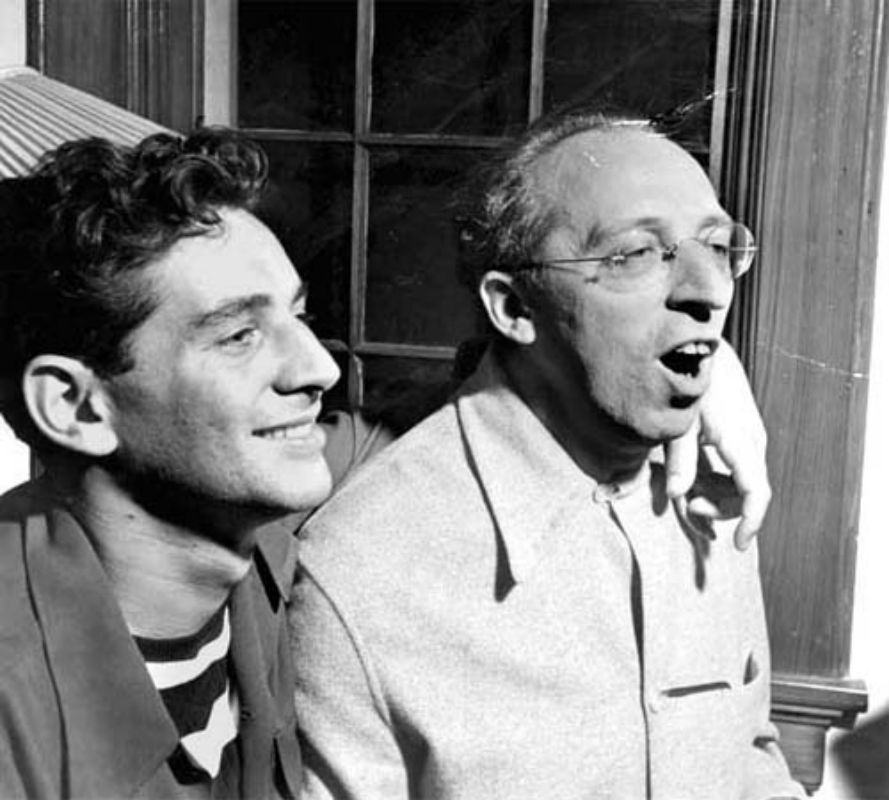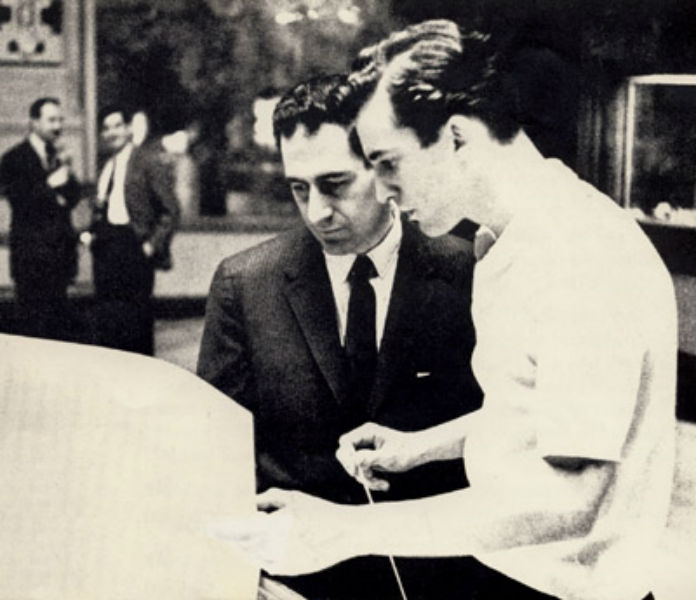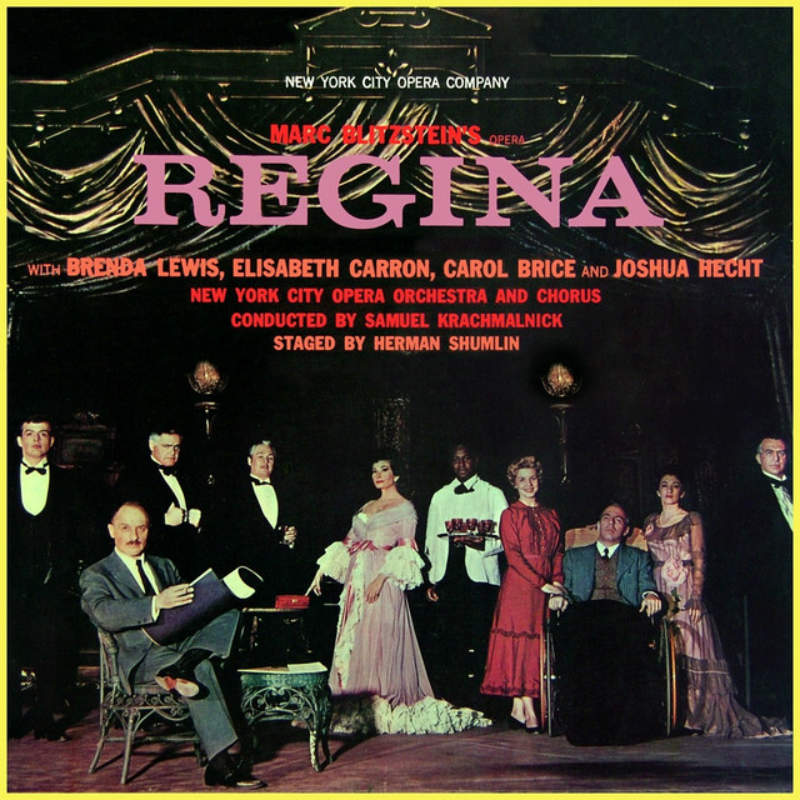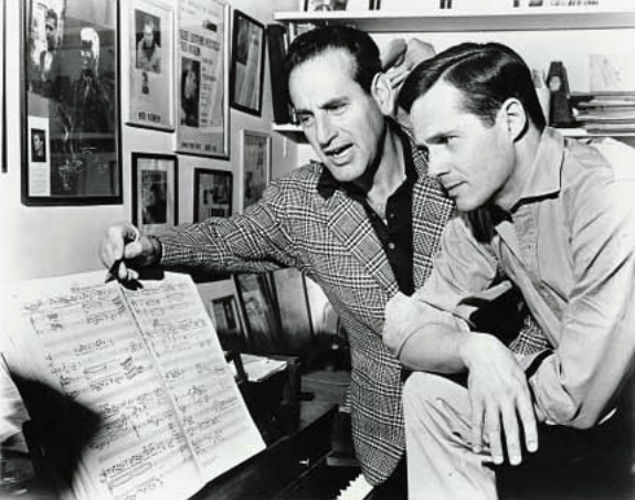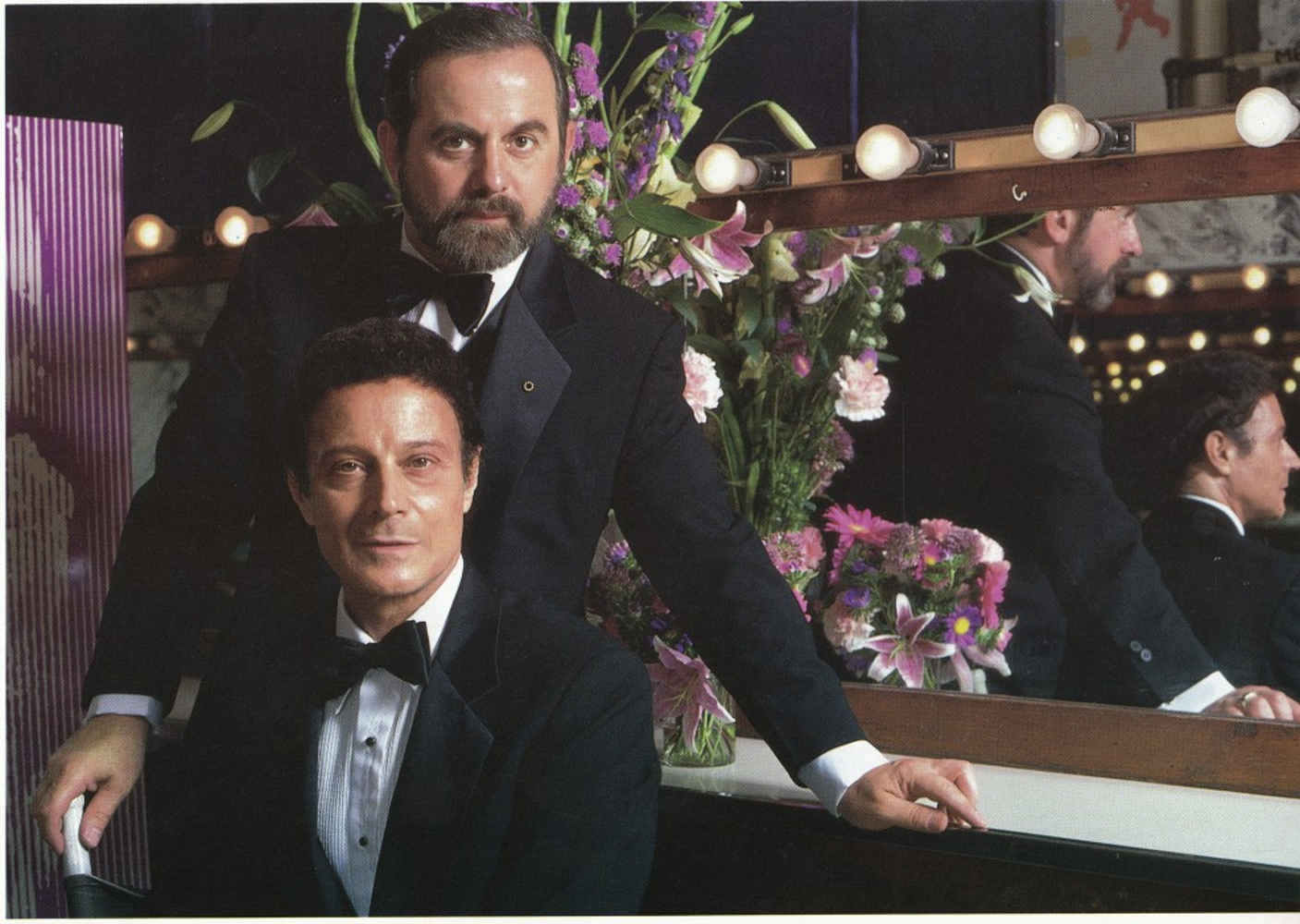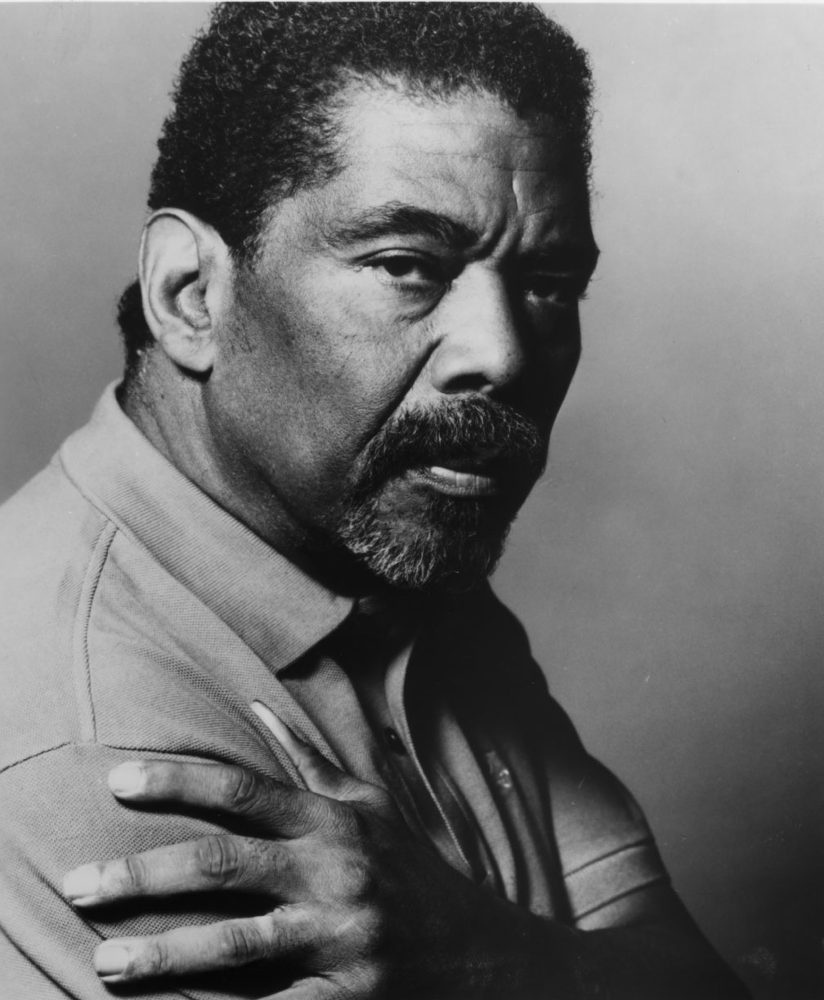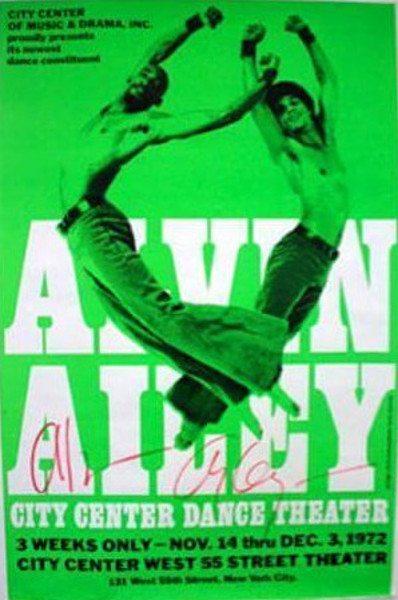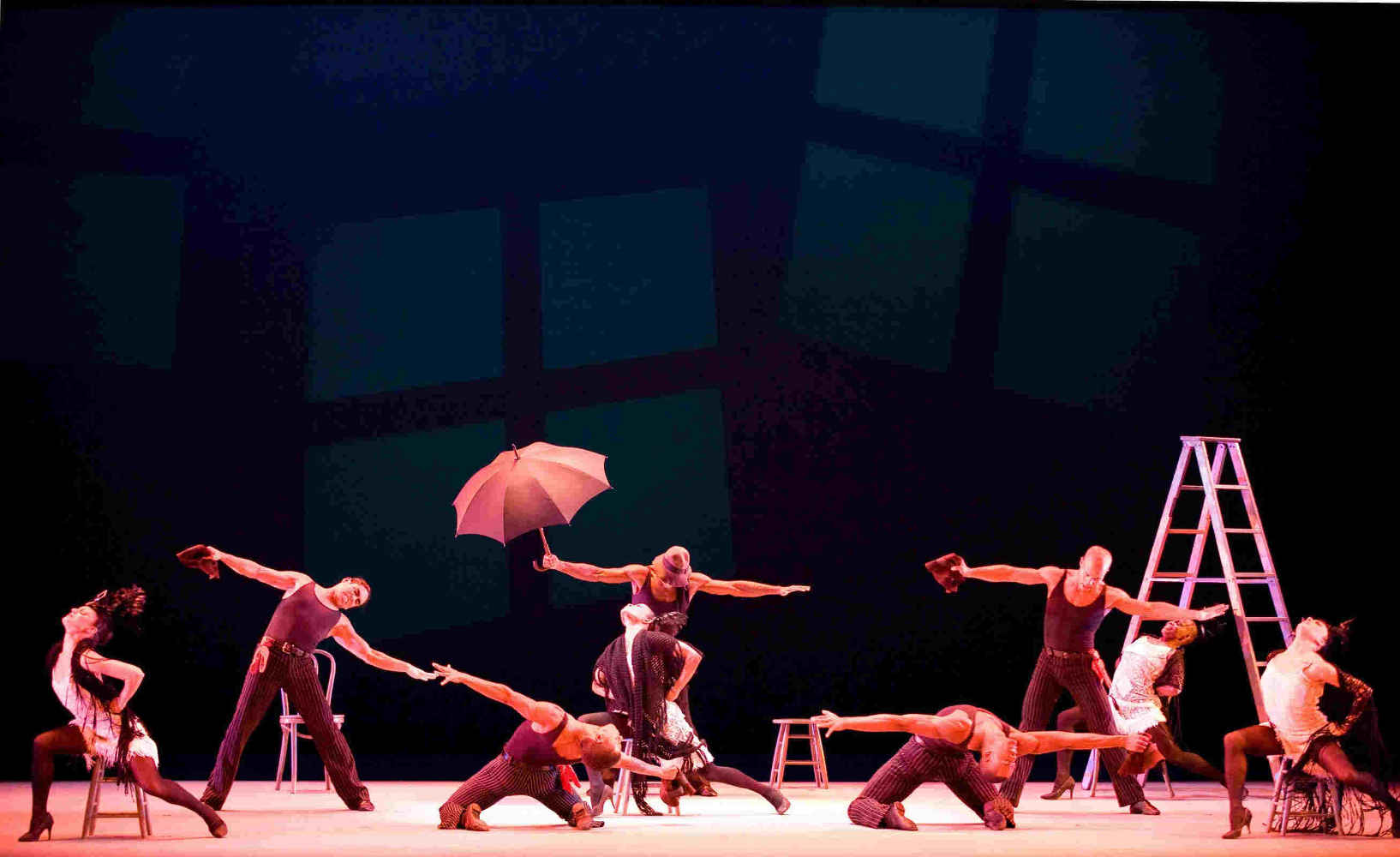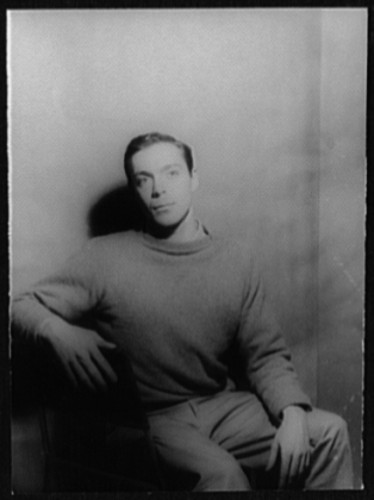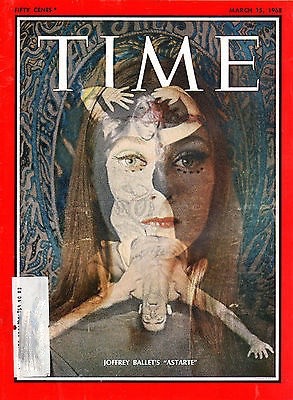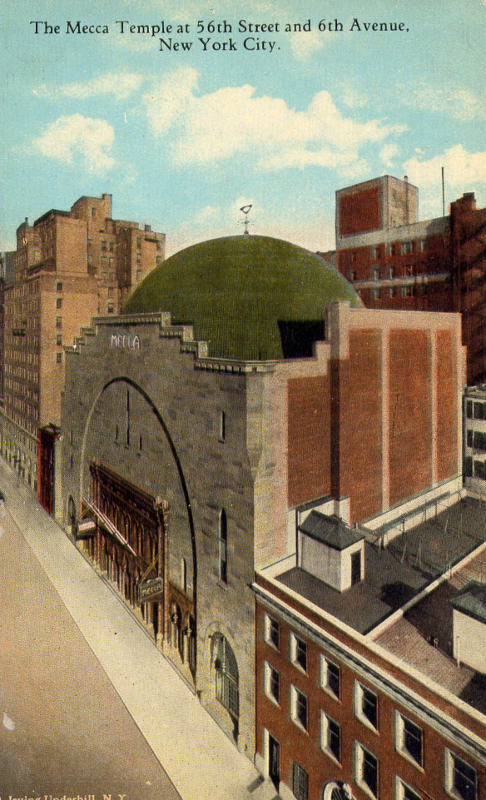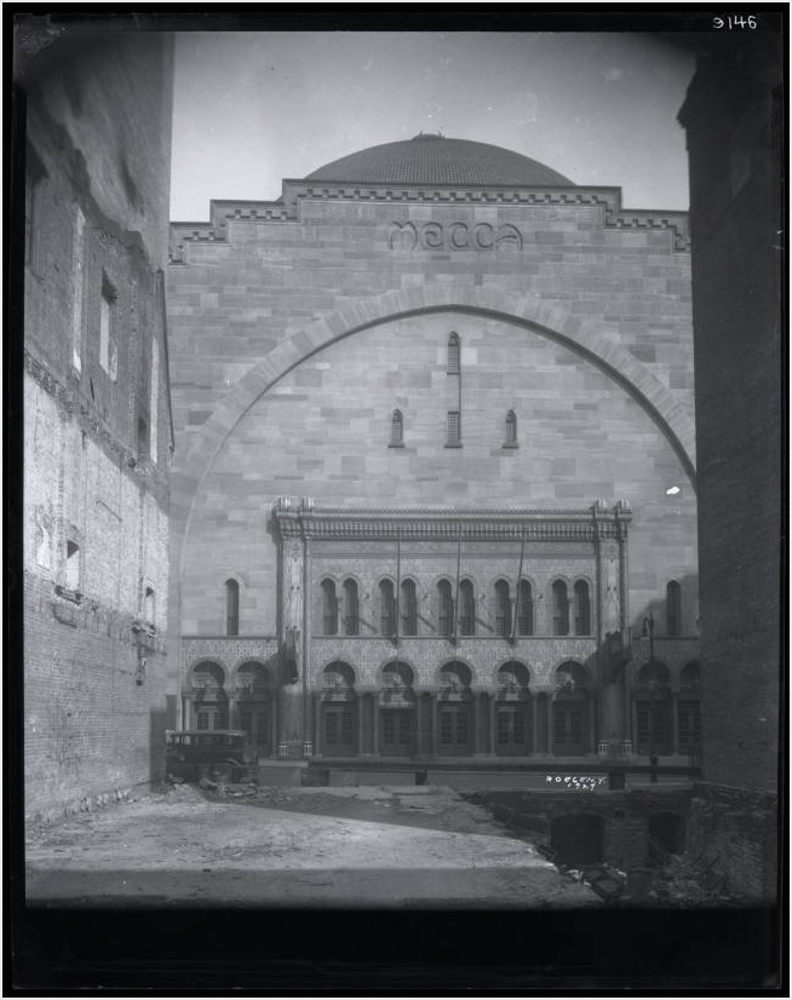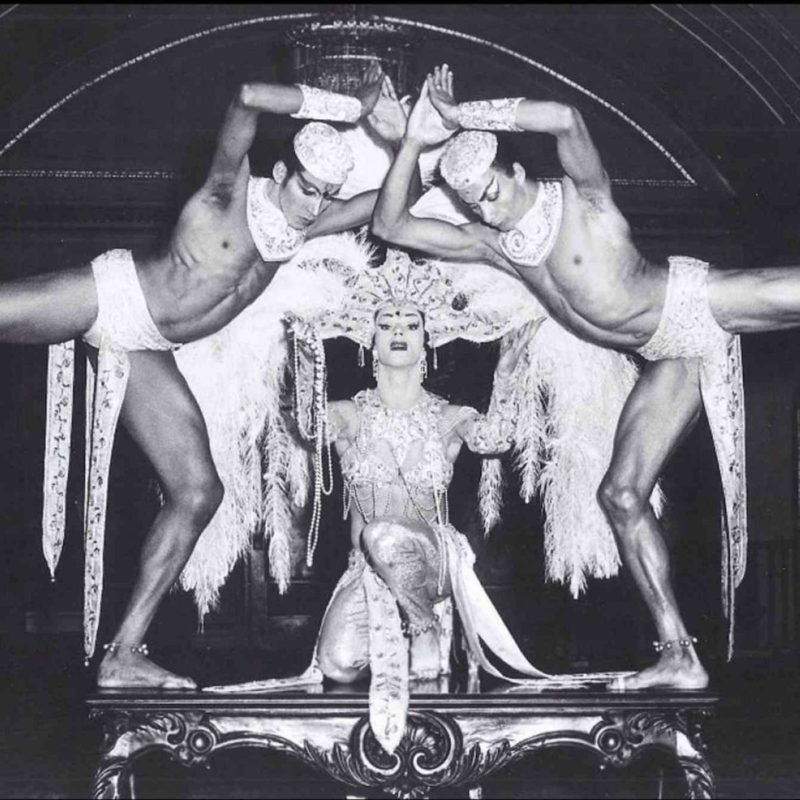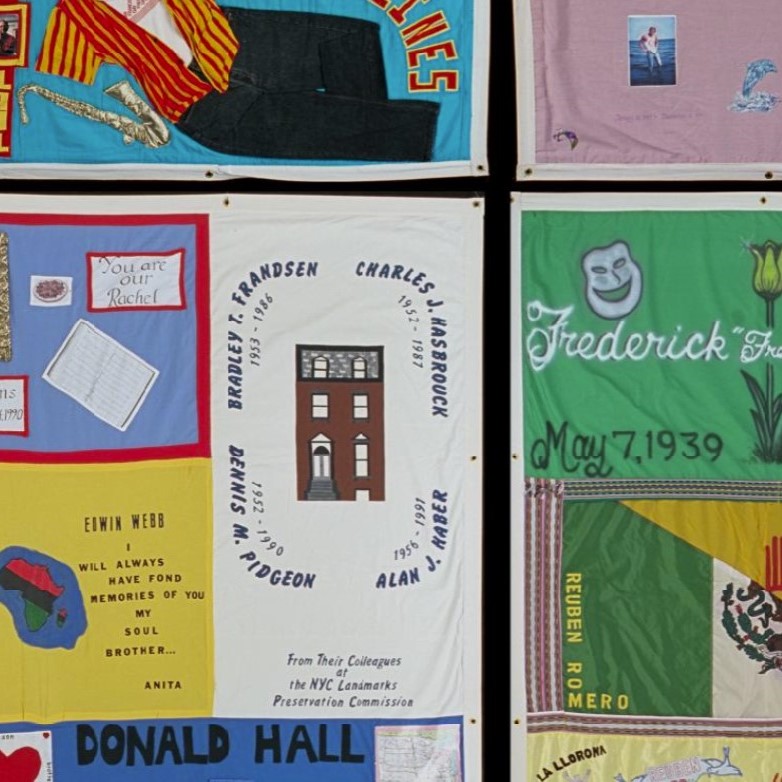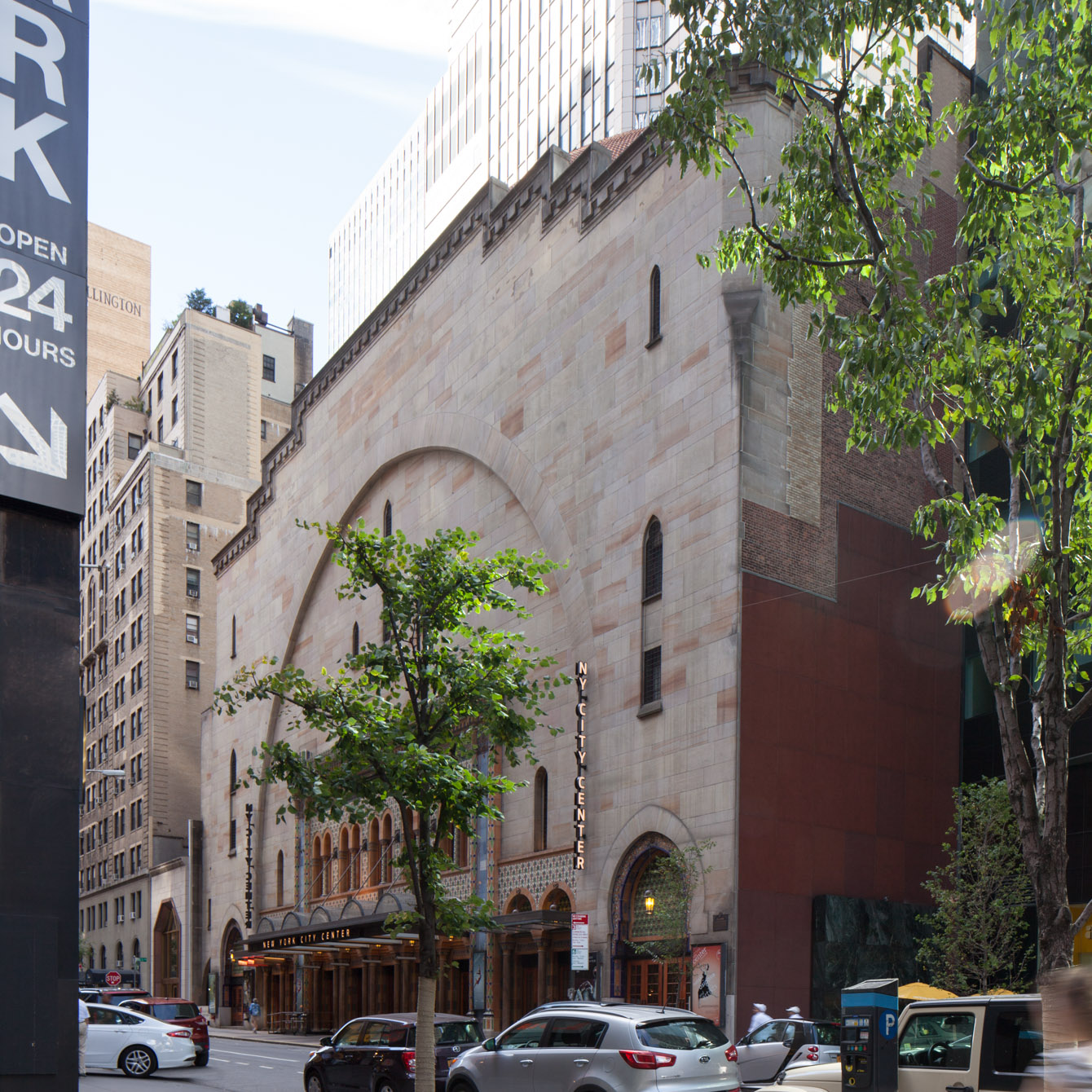
New York City Center
overview
From 1944 to 1966, New York City Center was the first home of New York City Opera, which featured the works and talents of several notable gay composers and conductors.
It has also been significant to the development of dance since 1946, hosting many companies founded and directed by gay choreographers, including Robert Joffrey and Alvin Ailey.
History
The Moorish-inspired City Center, built in 1924 by the Shriners as Mecca Temple, was acquired by New York City in 1943 and converted into a theater. City Center has been particularly significant in the history of American opera and dance.
Opera
New York City Opera, famously dubbed by Mayor Fiorello H. La Guardia “the people’s opera company,” was established in 1943 and began its first season in February 1944 at City Center. The company was formed with the goals of presenting opera that was affordable to all New Yorkers, with an innovative repertory, and providing a home especially for American singers and composers. City Opera remained at City Center until 1966, when the company moved to the New York State Theater at Lincoln Center.
From its earliest years, City Opera’s performances included the operas by a number of significant 20th century gay composers. Among these were: Gian Carlo Menotti, The Medium (1948), Amahl and the Night Visitors (1952), The Consul (1952), and The Saint of Bleecker Street (1965); Marc Blitzstein, Regina (1953); Aaron Copland, the world premiere of The Tender Land (1954), which was directed by Jerome Robbins; Benjamin Britten, Turn of the Screw (1962); and Ned Rorem, Miss Julie (1965). In addition, gay conductors with City Opera included Leonard Bernstein, Dimitri Mitropoulos, and Thomas Schippers.
Virgil Thomson, writing as a critic, celebrated the company in 1951:
At this moment your commentator, happy about a particularly brilliant fall season, is inclined to put the City Center Opera Company and Laszlo Halasz, the man who made it all out of nothing, at the top of his Thanksgiving list. May both be preserved to us!
Dance
City Center was the first home of New York City Ballet, founded as Ballet Society in 1946 by George Balanchine and Lincoln Kirstein. During these years, George Platt Lynes was the company’s photographer and the company first staged works by Jerome Robbins.
In 1966 the Joffrey Ballet became a resident company. Company founder Robert Joffrey and co-director and resident choreographer Gerald Arpino had been lovers in the 1940s and lived together until Joffrey’s death from AIDS in 1988. Joffrey was intent on creating a company with a modern American sensibility. The diverse repertory that he developed included contemporary ballets that reflected social and political issues, such as his multi-media Astarte (1967) and Arpino’s Trinity (1970), both to rock scores; pioneering modern dance/ballet fusions; and carefully researched restorations of classic 20th-century ballets including those by choreographer Frederick Ashton and works produced by Sergei Diaghilev and danced by Vaclav Nijinsky. The company was known for the diversity of its dancers, including many gay men, such as the African American dancers Gary Chryst and Christian Holder, and Ashley Wheater, who is now the Chicago-based company’s director.
In 1972, the Alvin Ailey American Dance Theater, founded by Alvin Ailey in 1958, became a resident dance company at City Center. The company’s repertoire often explores the African American experience. This is evident in such Ailey works as Blues Suite and his masterpiece, Revelations. Ailey died of AIDS in 1989.
In 1976, after City Center dropped residency affiliations with dance companies, it became the 55th Street Dance Theater. Joffrey and Ailey continued to perform here as did the companies of choreographers Alwin Nikolais, Merce Cunningham, Louis Falco, Eliot Feld, Murray Louis, and Paul Taylor. Today the iconic venue is once again known as New York City Center.
Entry by Andrew S. Dolkart and Jay Shockley, project directors (March 2017; last revised May 2018).
NOTE: Names above in bold indicate LGBT people.
Building Information
- Architect or Builder: Harry P. Knowles
- Year Built: 1924
Sources
Charles C. Savage, City Center 55th Street Theater Designation Report (New York: Landmarks Preservation Commission, 1983).
Fred Fehl, Guide to Images of the New York City Opera, Music Division, New York Public Library for the Performing Arts (1994), on.nypl.org/2skwpWS.
Jennifer Dunning, Alvin Ailey: A Life in Dance (Reading, MA: Addison-Wesley, 1996).
“New York City Opera,” bit.ly/2kBATUO.
Sasha Anawalt, The Joffrey Ballet: Robert Joffrey and the Making of an American Dance Company (New York: Scribner, 1996).
Various articles, The New York Times (to confirm opening dates of operas).
Do you have more information about this site?
This project is enriched by your participation! Do you have your own images of this site? Or a story to share? Would you like to suggest a different historic site?
